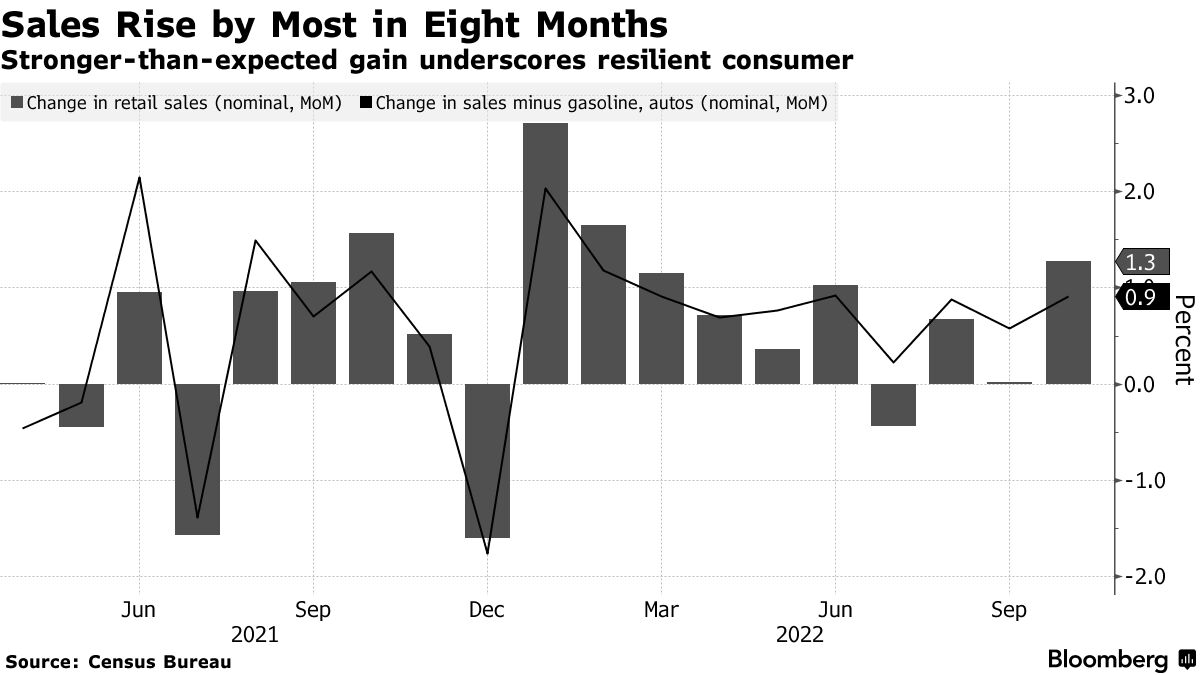Google, the tech giant synonymous with online search, has introduced new privacy updates designed to empower US users with greater control over their online presence. The updates aim to provide users with the ability to manage and remove unwanted search results that contain personal information, offering a glimpse into a more user-centric approach to online privacy.
Introducing the Dashboard: Transparency and Control
One of the central features of the update is a newly introduce dashboard that informs users if search results containing their contact information are display on Google’s search engine. This dashboard serves as a starting point for users to take action, allowing them to swiftly request the removal of such results directly from the tool itself. Danielle Romain, Google’s Vice President of Trust, highlights the tool’s capacity to enhance users’ sense of control over their online presence.
Real-Time Notifications: Bolstering Peace of Mind
In addition to the dashboard, Google’s update includes real-time notifications. These notifications will alert users when new web results featuring their contact information emerge. This feature is designed to provide an extra layer of “peace of mind,” enabling users to proactively manage their digital footprint.
Personal Explicit Images: Providing a Removal Option
Google update extends beyond contact information to encompass personal explicit images. Users are now empower to request the removal of such images from Google’s search engine. If an individual has previously uploaded explicit content to a website, subsequently deleted it, and finds it published elsewhere without consent, they can request its removal from Google’s Search. Notably, this policy does not apply to content being commercialized.
Simplified Removal Request Process
The update reflects Google’s commitment to streamlining the process of removing unwanted content from its search results. Whether it’s personal information, explicit imagery, or other types of content, the forms for submitting removal requests have been update and simplify. This modification is intend to offer users a more accessible and user-friendly experience.
Limitations and a Glimpse into the Future
While the privacy updates signify a significant stride towards user empowerment, it’s essential to recognize the limitations. Google’s changes primarily address personal explicit images and contact information. This move is reminiscent of Europe’s “right to be forgotten” laws, albeit in a more limit scope. In contrast, digital privacy advocates have call for broader measures, including enabling users to opt out of having their digital data use to train AI tools.
The Unexplored Frontier: Generative AI and Privacy
One notable omission from Google’s privacy updates is the absence of any mention of generative AI. This technology underpins tools like large language models, raising concerns among users and privacy advocates. As technology companies delve deeper into generative AI, users are increasingly demanding the option to opt out of their data being use for training these tools. While not addressed in this update, the conversation around generative AI and user privacy continues to evolve.
Conclusion: Striking a Balance in the Digital Ecosystem
Google’s recent privacy updates signify a step towards user-centric online privacy management. By providing tools to control search results containing personal information and explicit images, Google acknowledges the need for users to manage their digital footprint. As privacy considerations evolve, the digital landscape must strike a balance between empowering users, technological advancements, and ethical responsibilities.










